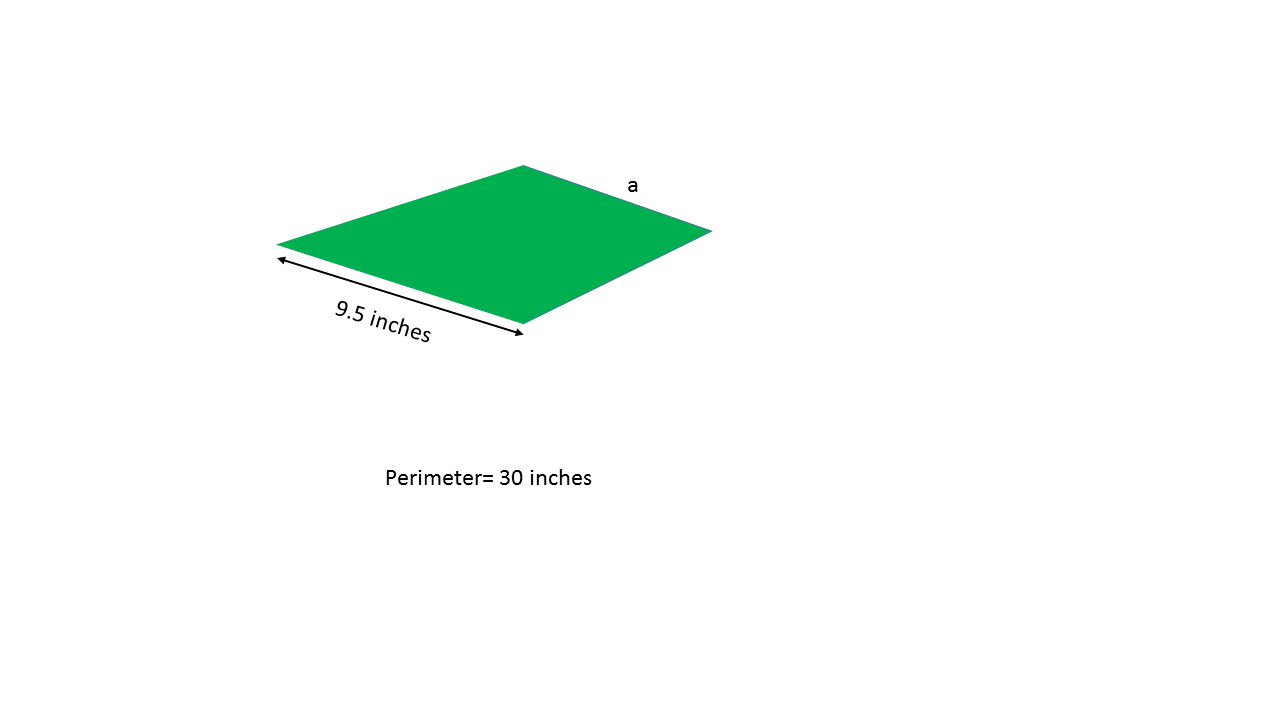All Intermediate Geometry Resources
Example Questions
Example Question #5 : How To Find The Length Of The Side Of A Kite

Using the kite shown above, find the length of side


To find the missing side of this kite, work backwards using the formula:


The solution is:
Example Question #6 : How To Find The Length Of The Side Of A Kite

Using the kite shown above, find the length of side 

To find the missing side of this kite, work backwards using the formula:


The solution is:
Example Question #7 : How To Find The Length Of The Side Of A Kite
Ms. Dunn has a kite shaped backyard with a perimeter of 

To find the missing side of this kite, work backwards using the formula:


The solution is:
Example Question #8 : How To Find The Length Of The Side Of A Kite
A kite has a perimeter of 







To find the missing side of this kite, work backwards using the formula:


The solution is:
Example Question #9 : How To Find The Length Of The Side Of A Kite

Using the above kite, find the length of side 
To find the missing side of this kite, work backwards using the formula:


The solution is:
Example Question #10 : How To Find The Length Of The Side Of A Kite
The lengths of the non-adjacent sides of a kite have the ratio 






The sides have the ratio 

Since the longer sides are 
Example Question #11 : How To Find The Length Of The Side Of A Kite
A kite has a perimeter of 

To find the missing side of this kite, work backwards using the formula:


The solution is:
Example Question #12 : How To Find The Length Of The Side Of A Kite

Find the longest side of the kite that is shown above.
To find the missing side of this kite, work backwards using the formula:



The solution is:
Example Question #13 : How To Find The Length Of The Side Of A Kite
A kite has a perimeter of 

To solve this problem use the formula 


The solution is:
Make the first fraction into an improper fraction. Then find the reciprocal of the denominator and switch the operation sign:
Example Question #11 : How To Find The Length Of The Side Of A Kite
Given: Regular Pentagon 




True or false: Quadrilateral 
False
True
True
Below is regular Pentagon 



A kite is a quadrilateral with two sets of congruent adjacent sides, with the common length of one pair differing from that of the other. A regular polygon has congruent sides, so 


Certified Tutor
Certified Tutor
All Intermediate Geometry Resources











































































